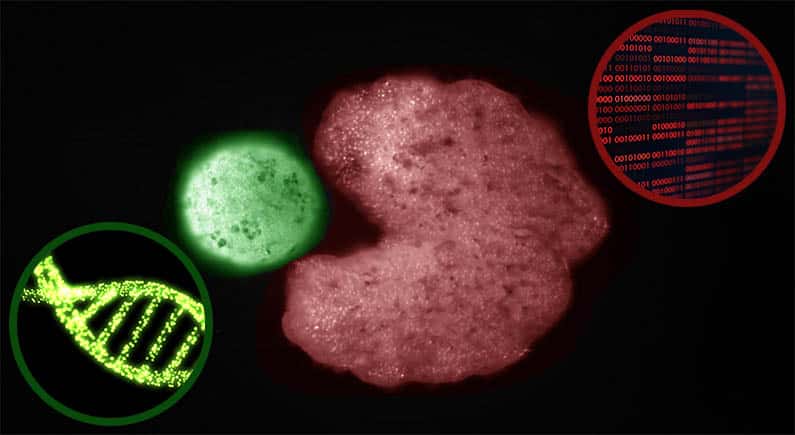
Michael Joe Cini
3rd December 2021
Xenobots: How AI and Stem Cells can be Used to Create Artificial Life
The concept of genetically engineered life, their DNA tailored by advanced civilizations that had mastered the intricacies of the double helix, has been a mainstay for science fiction for decades. A technology so relatable, given that we have managed to crack the code of our own genetics less than 20 years ago, but distant and alien enough to still be foreign. It would come as a surprise then that last year saw the creation of a new form of life that combined cutting technology such as AI modelling and genetic sequencing with the fundamental building blocks of biological life: the Xenobot.
In an interview with The Guardian, the Director of the Allen Discovery Center at Tufts University in Medford in Massachusetts Michael Levin elaborated that “these are entirely new lifeforms. They have never before existed on earth. They are living, programmable organisms.” As of yet, they have been capable of walking, swimming, pushing pellets, carrying payloads and even coordinating into swarms to collect debris into neat piles.
So what are these biomechanical engines made of? Scientists from the University of Vermont, Tufts University and Harvard University’s Wyss Institute for Biologically Inspired Engineering used skin and heart cells acquired from the early-stage embryos of African clawed frogs (whose scientific name of Xenopus Laevis inspired the term Xeno-bots) and molded the cells into 3D shapes designed through artificial intelligence for specific tasks.
While their (relatively) squishy makeup makes them lack the durability of steel or polymers, their biological nature does come with very significant benefits especially in a medical context. They can operate for weeks without fuel before shutting down, are capable of healing themselves after lacerations and break down into their constituent parts following the end of their lifespan. The last point is of particular importance when taking into consideration that that means they wouldn’t leave inorganic residue in a patient’s body when used in a surgical or medical setting. This also has an environmental dimension as xenobots used in operational contexts will break down into biodegradable components that wouldn’t even need to be recycled as they decay naturally.
Another interesting result of this research is the fact that it would mean that we are capable of stimulating a completely novel and entirely synthetic form of biological reproduction completely different from anything seen in any existing plant or animal species. As elaborated by Dr. Douglas Blackiston, a senior scientist at Tufts, “People have thought for quite a long time that we’ve worked out all the ways that life can reproduce or replicate. But this is something that’s never been observed before. People have thought for quite a long time that we’ve worked out all the ways that life can reproduce or replicate. But this is something that’s never been observed before.”
On the topic of Xeon bots potential in a medical field, a co-leader of the research project Dr. Michael Levin explained that “If we knew how to tell collections of cells to do what we wanted them to do, ultimately, that’s regenerative medicine-that’s the solution to traumatic injury, birth defects, cancer, and aging.” He continued that “all of these different problems are here because we don’t know how to predict and control what groups of cells are going to build. Xenobots are a new platform for teaching us.”
In terms of their potential outside of hospitals, research is underway on the potential for Xenobots to support efforts to clean microplastics from the ocean. As they have succeeded in acting in groups to push microscopic pellets into central piles during laboratory tests, some have speculated that they could be used to locate and aggregate microplastics into single piles that can then be carried off by more traditional drones to recycling centers.
While their potential is hard to deny, their organic nature has also raised a number of ethical concerns on the morality of bio-organic machines. Senior research fellow at the Oxford Uehiro Centre for Practical Ethics Thomas Douglas shed light on the fact that “there are interesting ethical questions about the moral status of these Xenobots. At what point would they become beings with interests that ought to be protected? I think they’d acquire moral significance only if they included neural tissue that enabled some kind of mental life, such as the ability to experience pain.” In terms of the research team itself, Sam Kriegman, a PhD student who had worked on the Vermont team argued that from his perspective “what’s important….is that this is public, so we can have a discussion as a society and policymakers can decide what is the best course of action.”
As with all emerging technologies, only time will tell if the line of biotechnology pioneered by Xenobots will be a key tool in our arsenal against the many issues facing the species of if they had set a dangerous precedent in bioethics.
Story sourced from the Wyss Institute and NewScientist.




